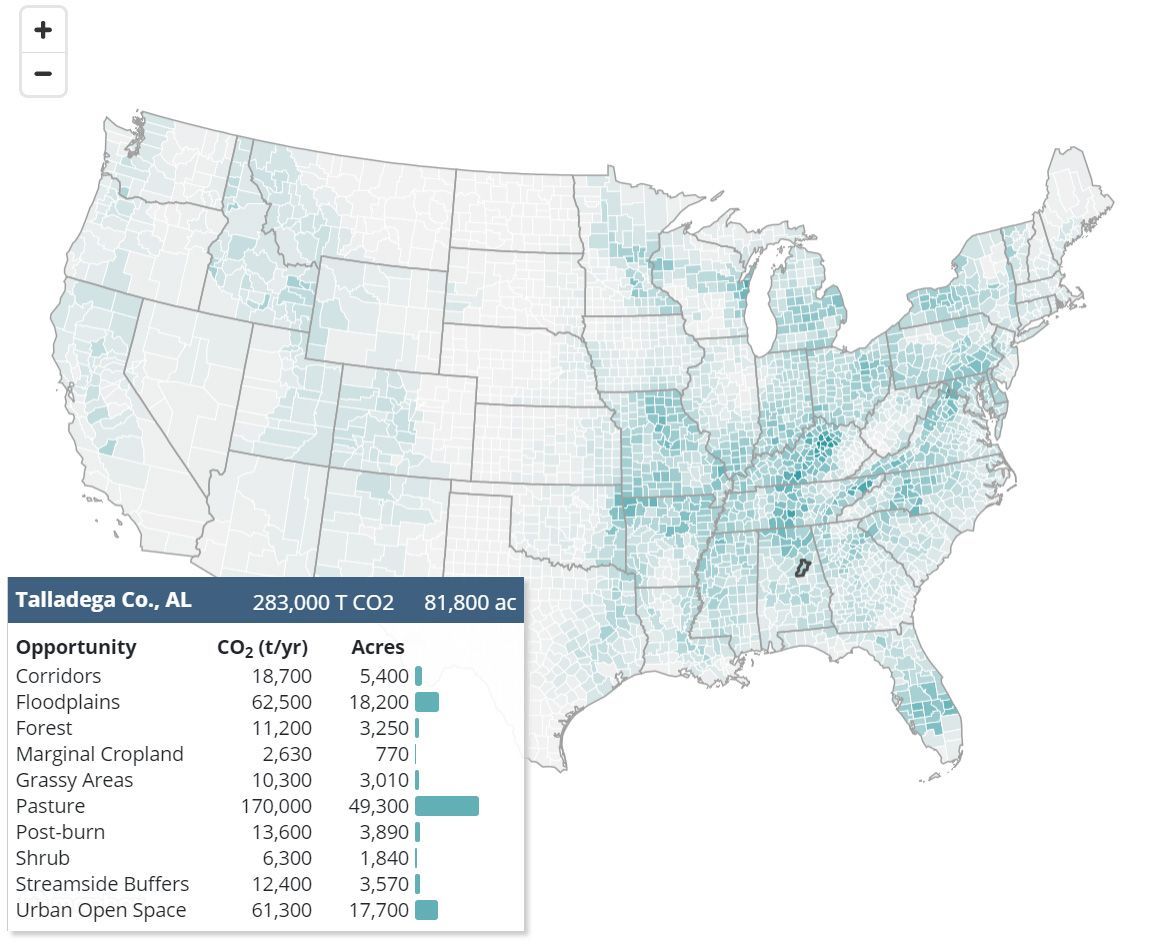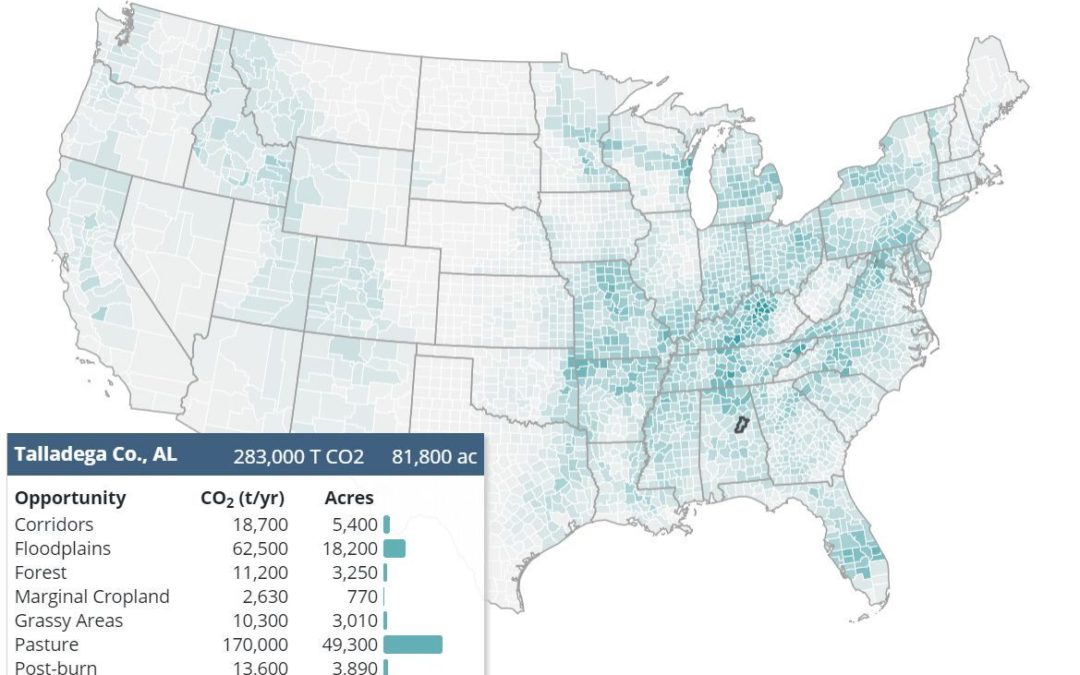
Deforestation has begun to decrease and we now see that forests are being replanted in more and more places. However, not all areas are equally suitable for planting forests. To help decide where reforestation can be most beneficial, researchers in the United States have created an interactive map .
– Often there is already the information we need to be able to make informed decisions about where we can replant forest. It is only spread in many different places, says Susan Cook-Patton at the Nature Conservancy and one of the researchers behind the map in a press release.
The researchers have collected all this information and can now present it in an interactive map. The map is called the Reforestation Hub and shows how much potential area there is everywhere in the United States to replant forests. The area is then divided into different types of land. It can be wetlands, unused fields, meadows, open spaces in cities and more.
Some of these, such as arable land and wetlands, we may want to save while meadows and open areas in the cities can provide great environmental benefits if we plant forests there. In most cases, forest has grown there before man felled it, so the trees should grow well there.
The most interesting areas are those that are used today as pasture. They cover large areas and if we can reduce the number of grazing animals, we will reduce emissions from the animals at the same time as the replanted trees can capture carbon dioxide.
In total, the researchers behind Reforestation Hub estimate that it would be possible to replant 68 billion trees in the United States. They would then capture 333 million tonnes of carbon dioxide each year. This corresponds to emissions from 72 million cars.
Especially in the southeastern United States, there are great opportunities for reforestation.
– This is a region where we can capture a lot of carbon dioxide at low cost and where there are good opportunities to simultaneously increase biodiversity and increase water quality, says Susan Cook-Patton.
Read more about the science behind the map here.





